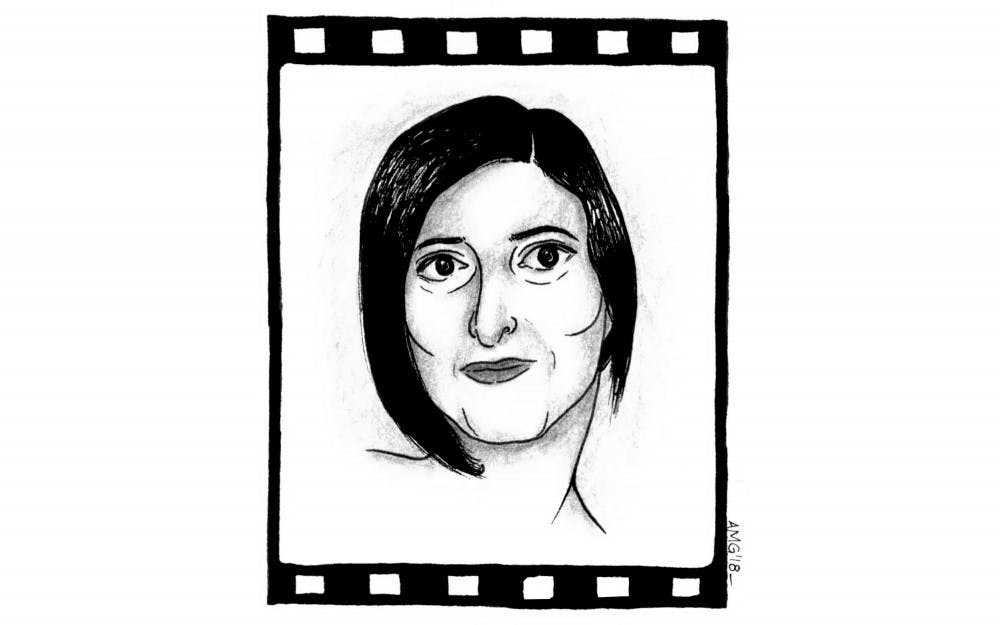Many consider 2017 to be the Year of the Woman. Last January, thousands mobilized across the country in response to the misogyny they saw embodied in their new President. As the year continued, women opened up about their experiences with sexual assault when the #MeToo movement came to the forefront. As awards season continues through the early months of this year, celebrating the film industry’s greatest achievements is not enough: the conversation addressing its problematic parts is far from over.
It’s an unfortunate reality that the same people capable of presenting so many facets of the human experience through their craft have also paved the way for so much hurt. The function of film is to tell stories through a medium that mobilizes artists of diverse expertise. When well–crafted, these stories can have a profound effect on our understanding of who we are, or who we fail to see in our ordinary lives. Historically, women’s stories have been underrepresented in the handful of films that the Academy nominates as the best of a given year. This year, four of the nine best picture nominees were female–led. The newer, younger Academy—a revamping of the institution in response to 2015’s Oscars So White—was reflected in these nominations.
In many ways, the firsts and milestones that made us rejoice during the announcement of this year’s Oscar nominations are both exciting and illuminating. The historical absence of women behind the scenes in movie making marks yet another space in which women have been enormously outnumbered by their male counterparts. As a result, we see very few women being celebrated for their efforts in filmmaking.
Greta Gerwig, the writer and director of Lady Bird, is only the fifth woman to ever be nominated for best director in the 90 years that the Academy has been rewarding achievement in this area of the filmmaking process, which is arguably one of the most important. Perhaps even more shocking is the fact that Rachel Morrison’s nomination for cinematography in Netflix’s Mudbound is completely unprecedented—she is the first woman to ever be nominated in this category.
While we are dazzled by special effects, brought to tears by actors’ performances, and moved by the visual and auditory spectacle that is the movie going experience, it is important to recognize the team that worked tirelessly to bring the director’s vision to life onscreen. This is why anyone who appreciates the craft of filmmaking would never overlook the smaller technical categories that are awarded by the Academy, as they help to make film the powerful medium that it is. Morrison’s work on Mudbound was vital to the look and feel of the movie, and all five nominees accomplished impressive feats of creative and technical skill.
It has never been more critical to have women behind the camera in directorial or supporting technical filmmaking positions, where their work can provide the momentum for meaningful change in a troubled industry. Movies are a significant and influential part of our popular culture, and women’s voices shouldn’t be cut out of the conversation. As with many fields where men severely outnumber women, a combination of factors yield to this disparity—the mechanics of hiring freelancers, the attitude and culture of the community, the perception of filmmaking as overly technical, and the underlying sexism play their part. It is crucial, then, that women like Morrison and Gerwig are celebrated for their work, and that the industry itself is more open and inviting to ambitious, creative women who want to be a part of it.

